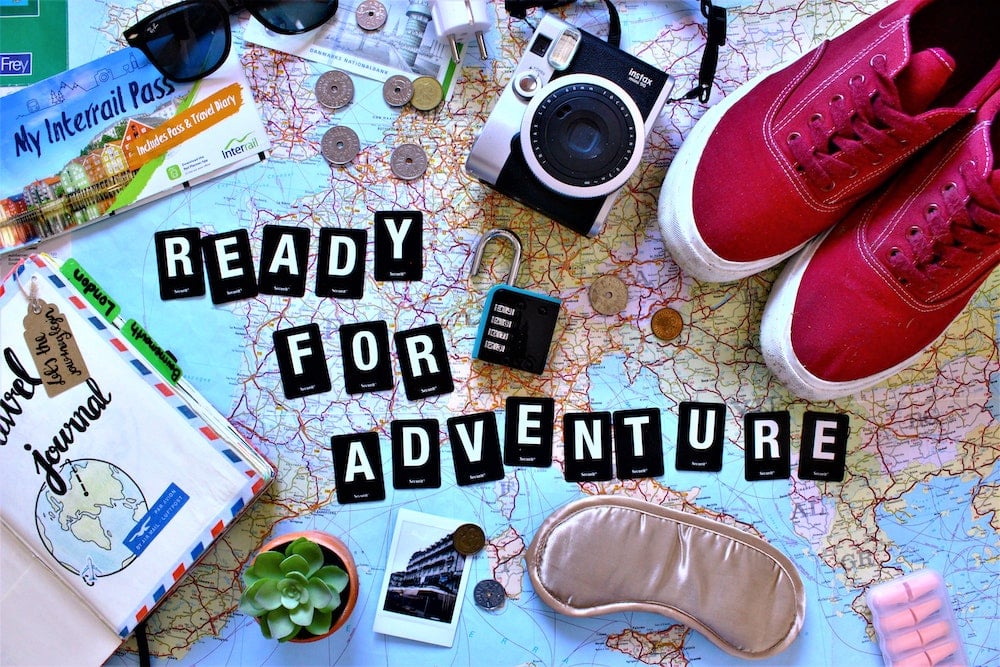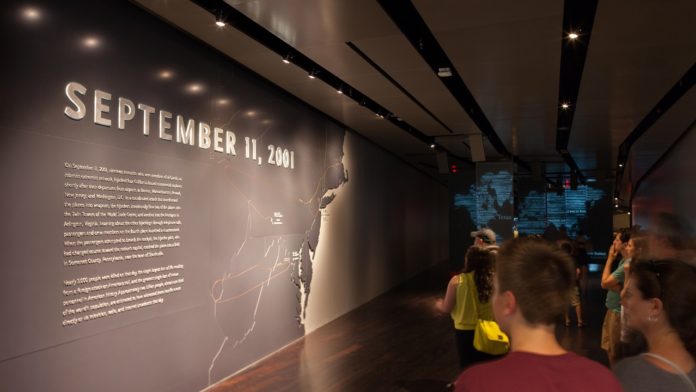
Dark tourism is booming. From Holocaust memorials to Chernobyl’s eerie exclusion zone, more people than ever are flocking to places tied to death, tragedy and disaster. The dark tourism market is expected to hit nearly €30 billion by 2024 and €40 billion within the next 10 years. Why? Because there’s a strange, almost morbid curiosity about these places.
But it’s not all about the thrill. Trips to sites like Cambodia’s Killing Fields or even a black taxi tour in West Belfast can be deeply educational and reflective. However, this surge in popularity brings up some tough questions about exploitation, respect and potential harm.
Defining Dark Tourism
Dark tourism, also known as thanatourism (from the Greek word ‘thanatos’ meaning death), involves visiting places linked to death and suffering. This could be battlefields, disaster zones, old prisons or memorials of atrocities like concentration camps.
People visit these places for complex reasons. At the core, it satisfies a deep-seated curiosity about death and tragedy. It’s about understanding the unknown, staring over the abyss at the extremes of human experience from a safe distance. Plus, these sites offer a connection to significant historical events, helping us empathise with victims and understand past atrocities better.
Top Dark Tourism Spots
Human history is packed with death and tragedy, so there are plenty of sites for dark tourism. One of the most infamous is the Nazi concentration and extermination camp at Auschwitz-Birkenau in Poland. Millions visit annually to pay respects and learn about the Holocaust and World War II atrocities.
In New York City, Ground Zero and the National 9/11 Memorial & Museum draw around six million visitors each year. But long before the museum and reflective pools were built, Ground Zero was a dark tourism site. In the year following the attacks, 3.6 million people visited the ruins of the World Trade Center, double the number who had visited the towers’ observation decks before they fell. The 9/11 attacks were a defining event of the millennium, heavily broadcasted on TV, embedding those images in our collective memory.
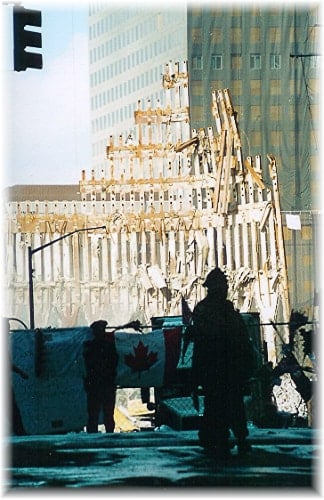
TV has also boosted interest in Chernobyl. The abandoned city of Pripyat, the reactor site and the surrounding exclusion zone were attracting about 75,000 visitors a year before Russia’s 2022 invasion of Ukraine. The HBO series “Chernobyl” played a big part in this surge.
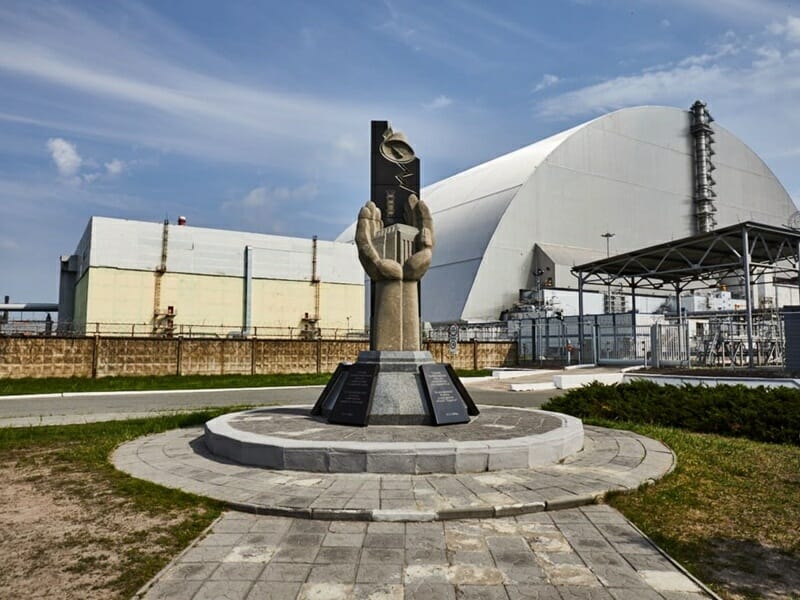
Battlefield tourism is huge too. Sites linked to world wars, the US Civil War, the Napoleonic wars and even older conflicts like those from the Classical Age attract millions annually. Visitors come to honour sacrifices, learn about history or ponder life’s fragility. School trips to places like US Civil War battlegrounds and Normandy beaches are common, making history a living, present-day experience.
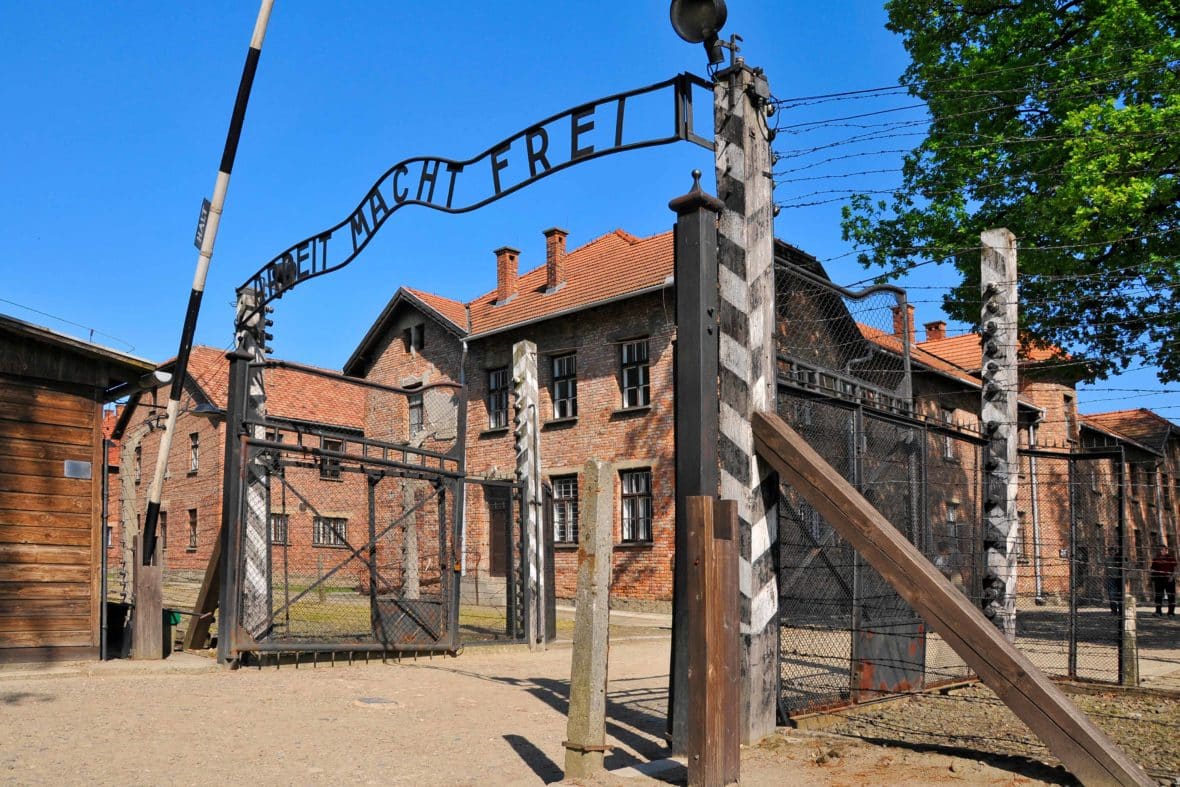
In Germany, almost every child will visit a site connected to the Holocaust as part of their education, as knowledge of the past is considered key to ensuring that we don’t repeat it.
Dark Tourism in Ireland
Ireland has its share of dark tourism spots too. The Battle of the Boyne site, Kilmainham Gaol and Béal na Bláth, where Michael Collins was killed in 1922, are popular. These sites are part of Irish history, and the scars the provoked have largely healed. But West Belfast is different. Here, history is as much part of the present as it is the past.
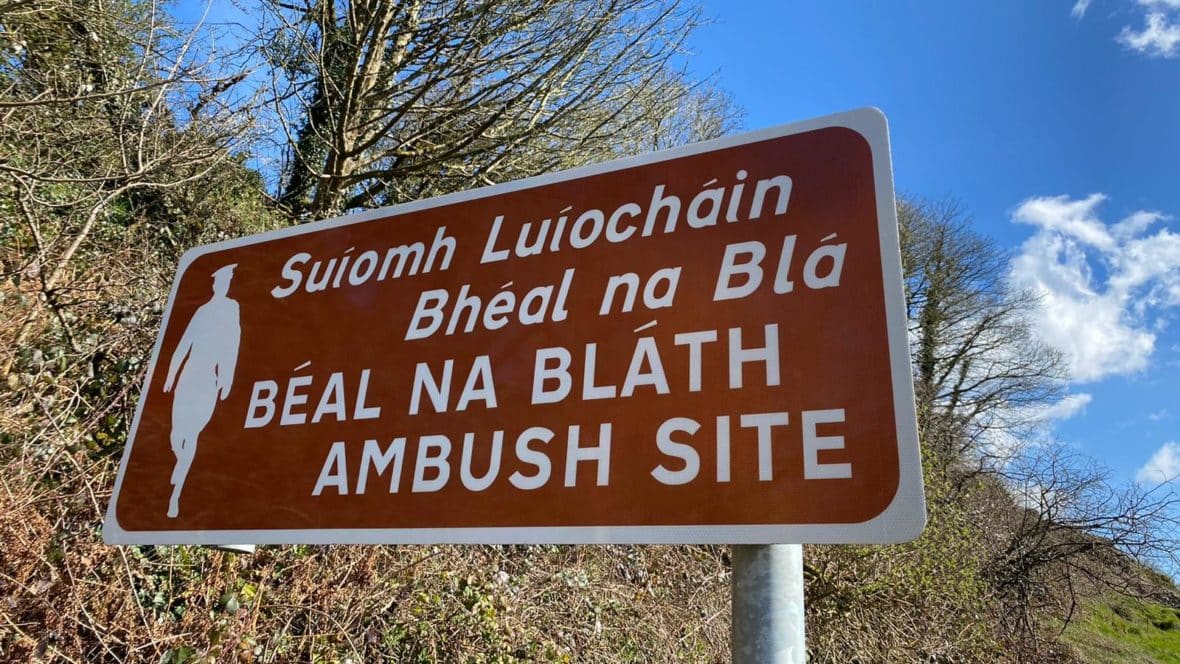
In post-conflict Belfast, former divided communities now highlight the history and experiences of the Troubles through black taxi tours. Dozens of local cabbies offer these tours, providing intimate and sometimes humorous portraits of life and death during the Troubles. This mix of humour and darkness is a very Irish trait, but it’s still important to approach these tours with sensitivity and respect.
The Big Issues with Dark Tourism
Dark tourism is popular but controversial. In 2018, YouTuber Logan Paul visited Japan’s Aokigahara forest, known for suicides, and filmed a dead body while making jokes. The backlash led to YouTube cutting ties with him temporarily. Although Paul quickly bounced back, this incident highlighted the potential for insensitivity and exploitation in dark tourism.
Paul isn’t alone. A Spanish model faced criticism for taking a selfie at Auschwitz, and similar incidents have occurred at the Killing Fields in Cambodia. These actions show a lack of understanding and respect for the gravity of these sites.
The Commercialisation Dilemma
Turning places of suffering into tourist attractions can seem exploitative, but tourism revenue is often crucial for preserving and maintaining these sites, especially in parts of the world where tourism dollars and euros are a key driver of the local economy.
A visit to Cambodia’s notorious Tuol Sleng prison in Phnom Penh, where all but 12 inmates were murdered by the Khmer Rouge, is directly helping the volunteer-led genocide museum to remain open. Without visitors, this important living document of the Cambodian genocide would close, and the memories of that terrible period would surely fade.
It’s a delicate balance between education and respect for victims and local communities.
Thoughtful and sensitive handling of these ethical dilemmas can ensure dark tourism provides meaningful experiences while honouring the memory of those affected by tragedy. The advice may sound obvious, but is key to the concept – don’t take stupid selfies, make inappropriate jokes or leave litter.
By addressing these concerns and promoting respectful behaviour, we can ensure that dark tourism remains a valuable, educational and respectful way to engage with history’s darker chapters.


